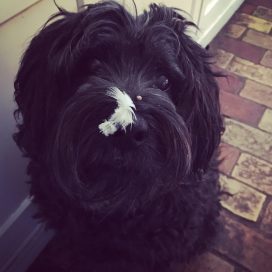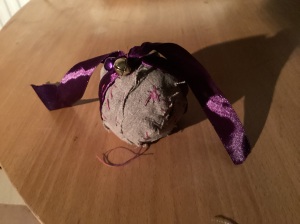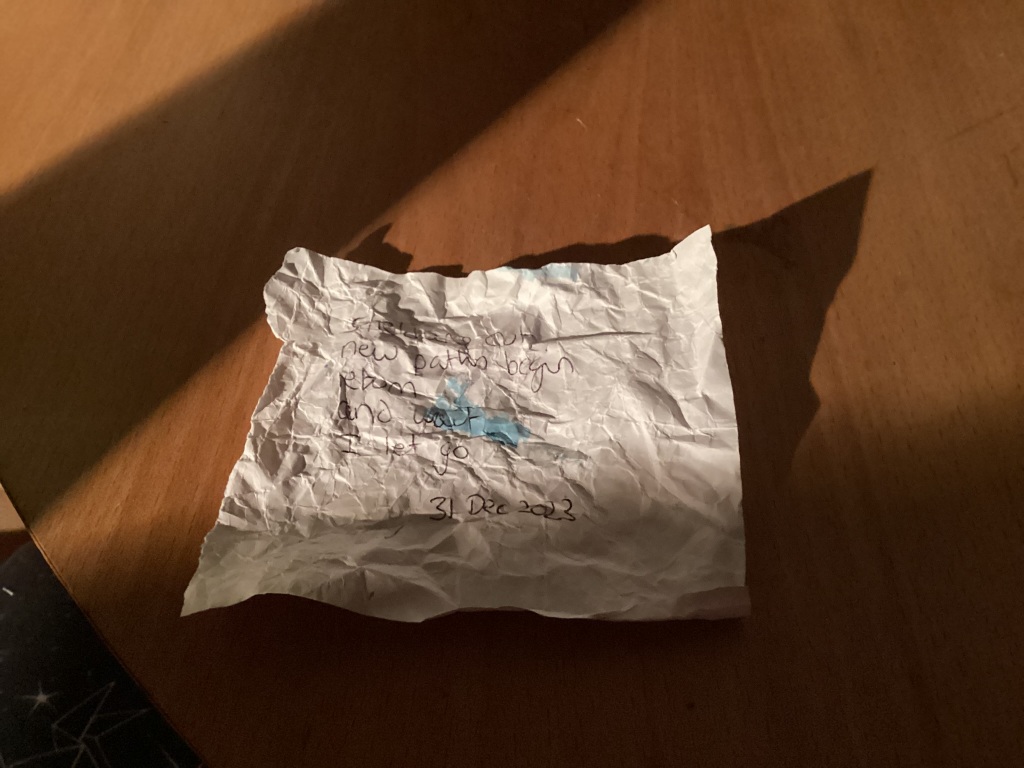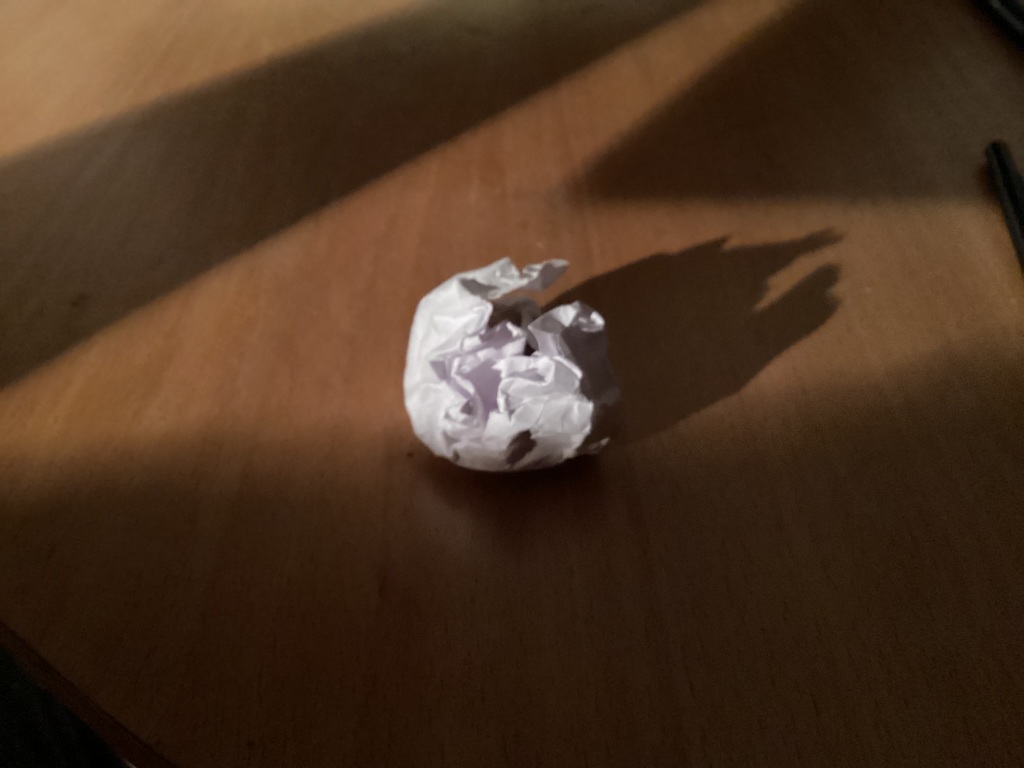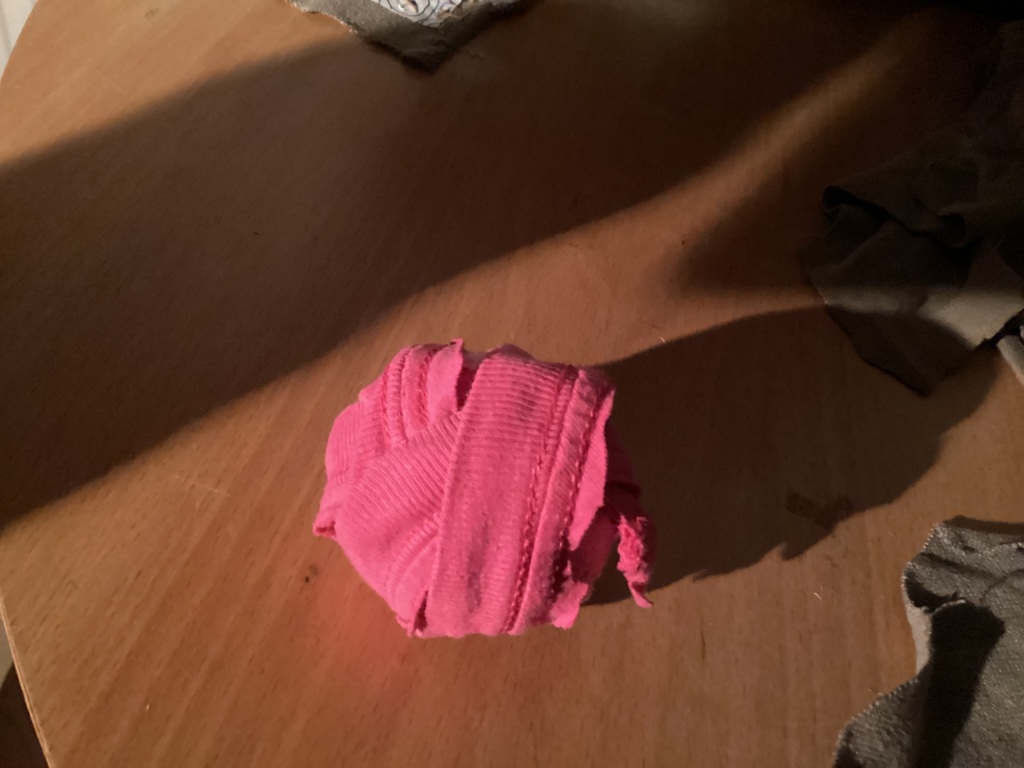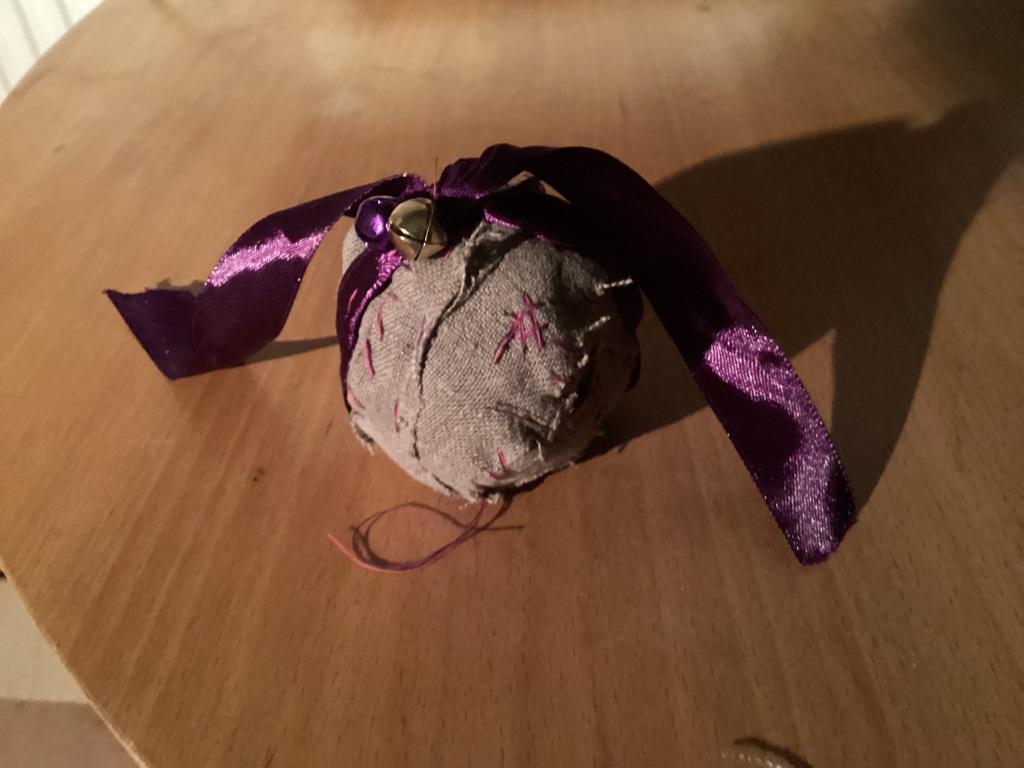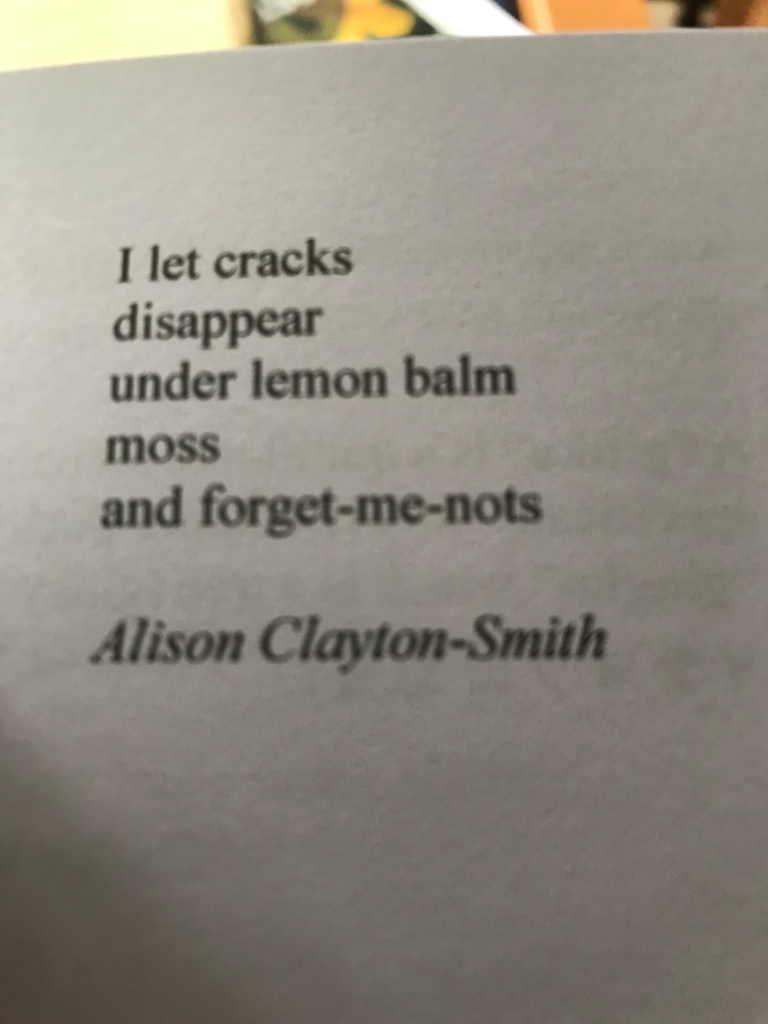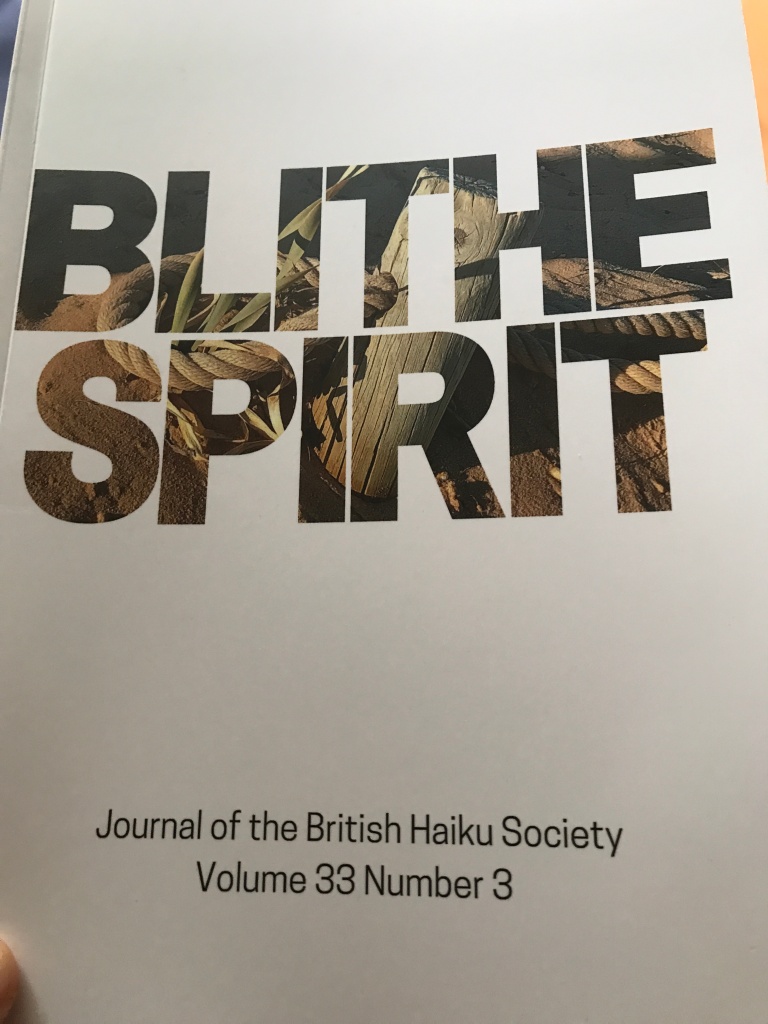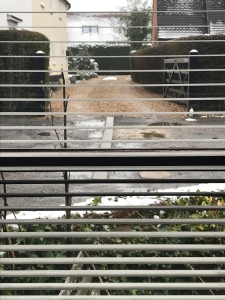
It has not been the start to 2024 I hoped for and as a result little writing or art-making has happened. However, in amongst the difficult things I had the wonderful news that my very first published tanka prose (and so first published tanka ) which was included in issue 19.2 of contemporary haibun online, had been chosen for inclusion in their latest print anthology – 19. As you can imagine I was surprised and delighted! Copies of the anthology published by Red Moon Press can be bought here: https://redmoonpress.com/product/contemporary-haibun-volume-19-edited-by-rich-youmans-and-the-ch-staff/ or via Amazon, which I confess I opted for due to the postage costs of ordering direct from the USA. It has been beautifully produced, including 32 full-colour haiga that look stunning and which I will be learning from as I hope to create haiga this year. Here’s my tanka prose below. Given how my last month or so has worked out, it couldn’t be more pertinent.

The Call
Dad messages me the following day to apologise for talking too much on our weekly call. He got into one of those diatribes against religion. Says he’ll set the phone timer to 15 minutes in future. So I tell him it’s okay, I know you don’t have anyone to talk to most of the time. But do forgive me if my concentration waivers when it’s something I’m not really interested in. You’re 80, I don’t say, I know there may not be many more years of calls. I’d rather not listen to the same rants over and over, but I do it because it matters to you.
you apologized
for going into preacher mode
what you really wanted
was to say
something I never heard
